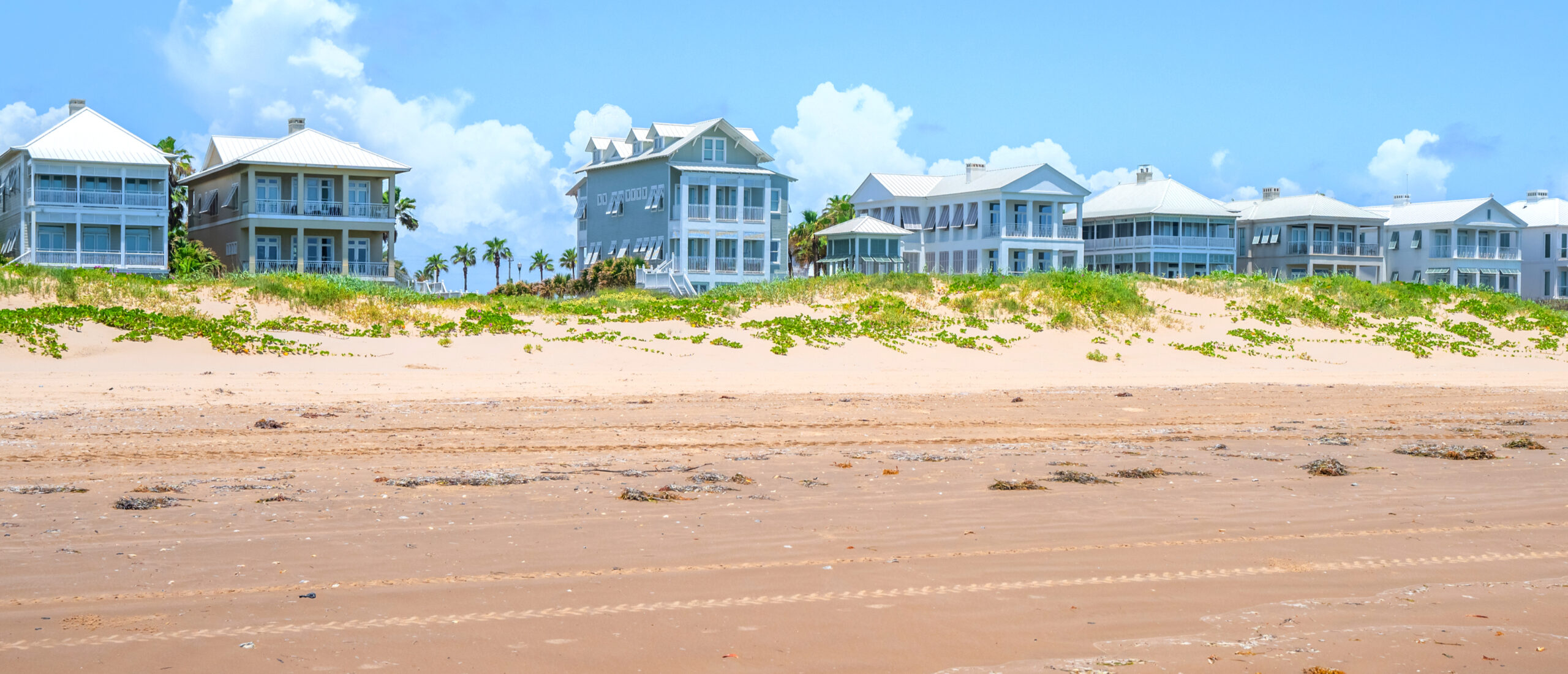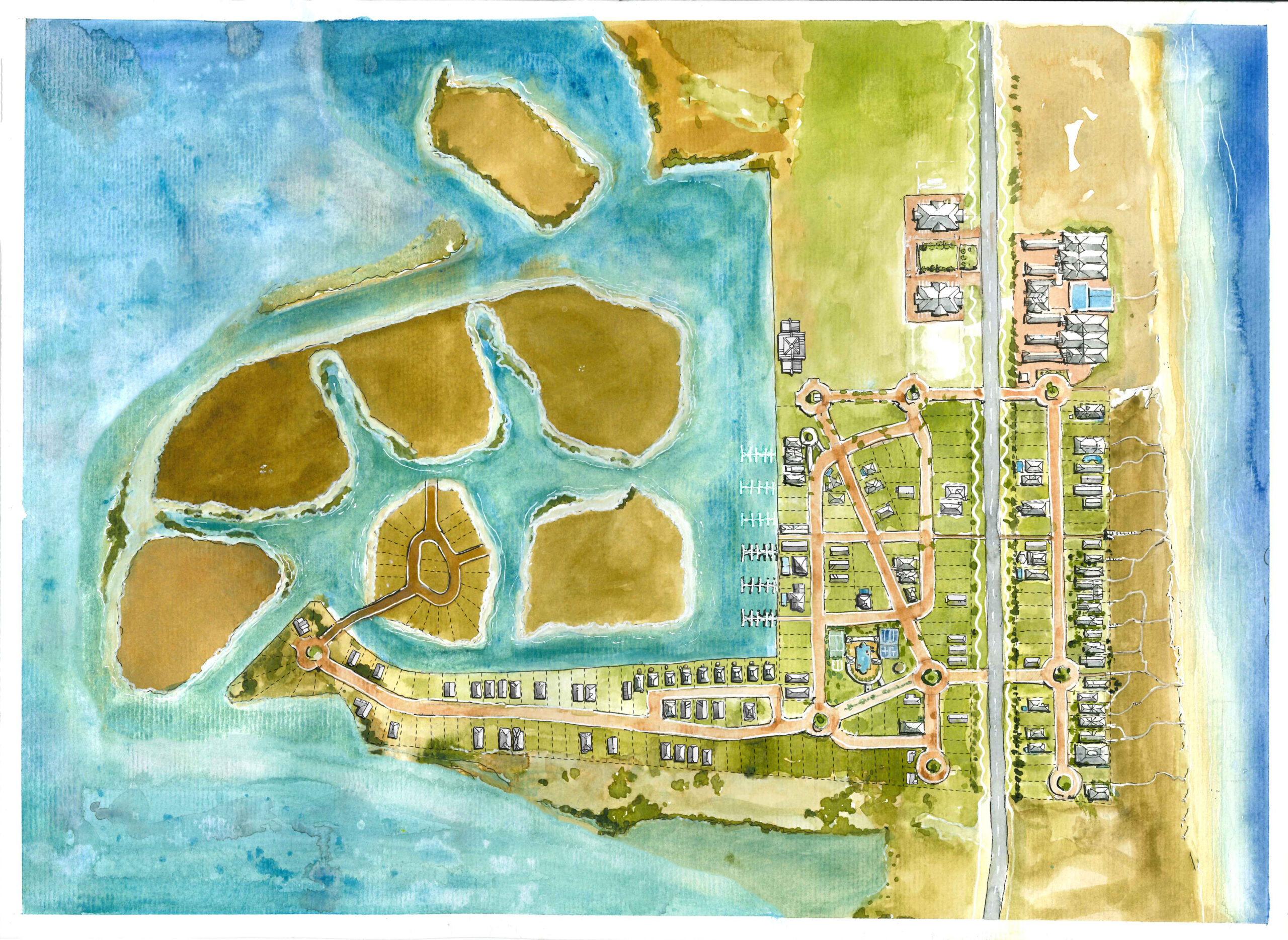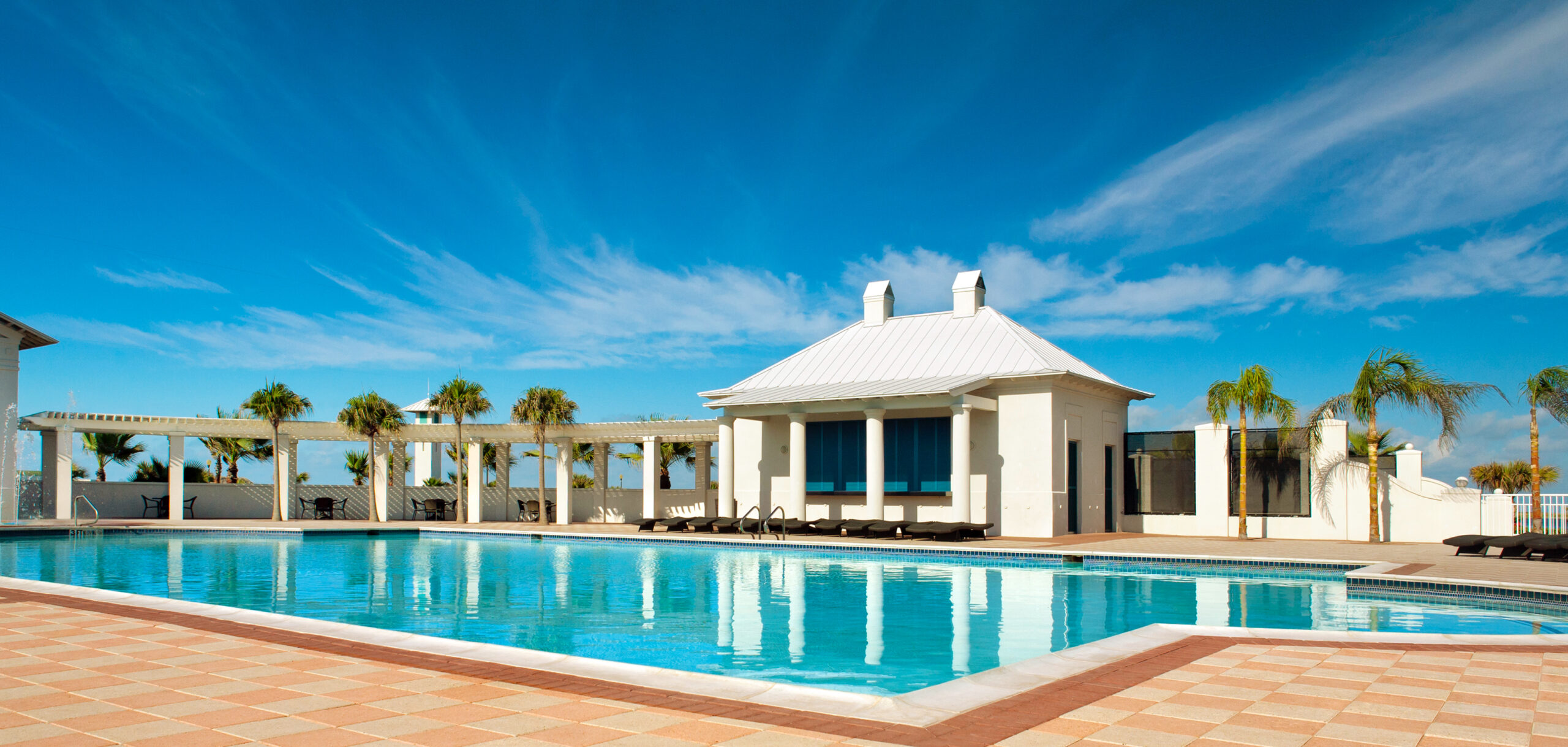Welcome to The Shores of South Padre Island
On the northern end of the city of South Padre Island nestled between the warm waters of the Gulf of Mexico and the tranquil Laguna Madre, you’ll find a peaceful master-planned resort community know as The Shores.
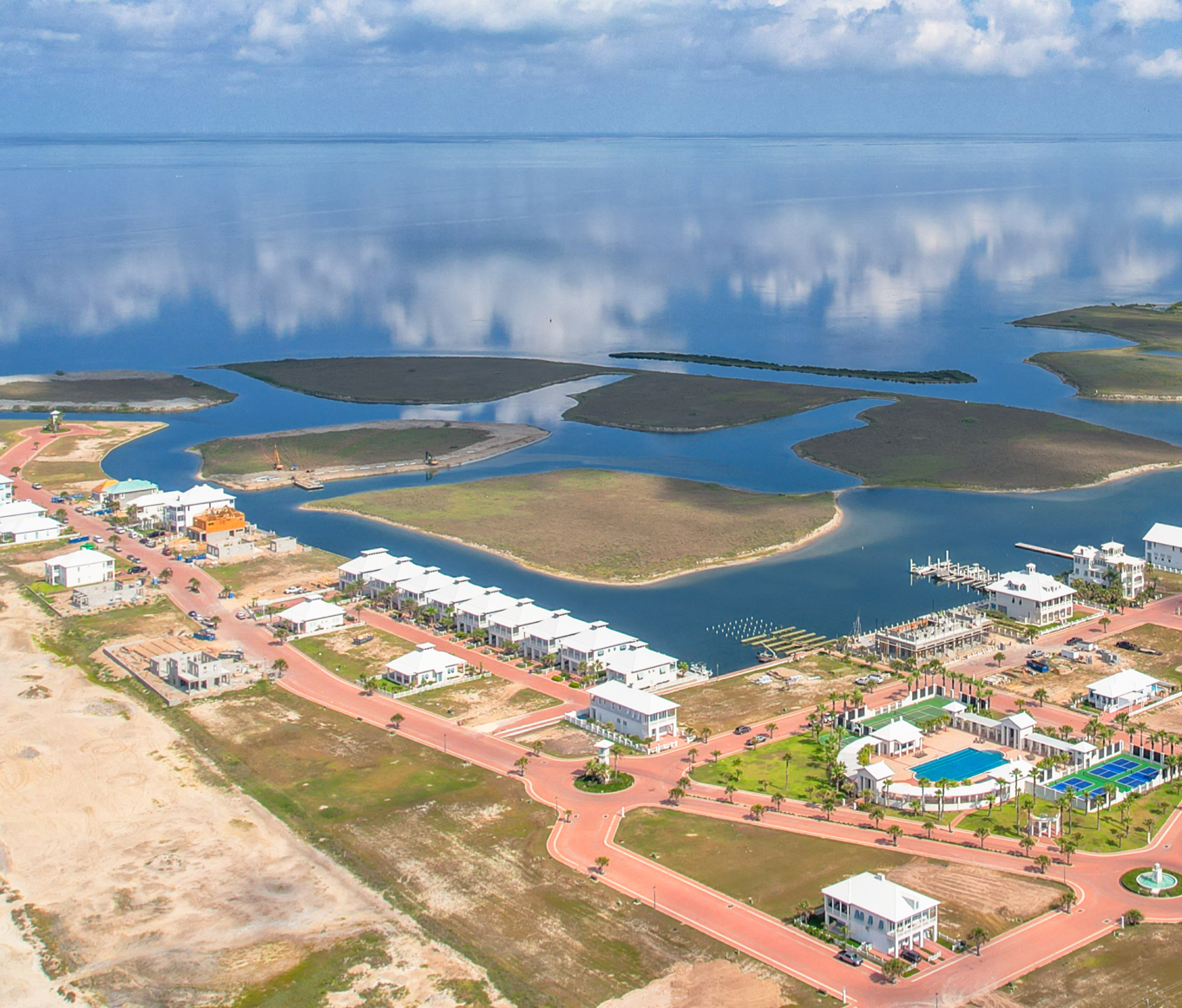
Available
Properties
Find your own piece of gulf coast paradise at The Shores, a premier waterfront residential development On South Padre Island, Texas.
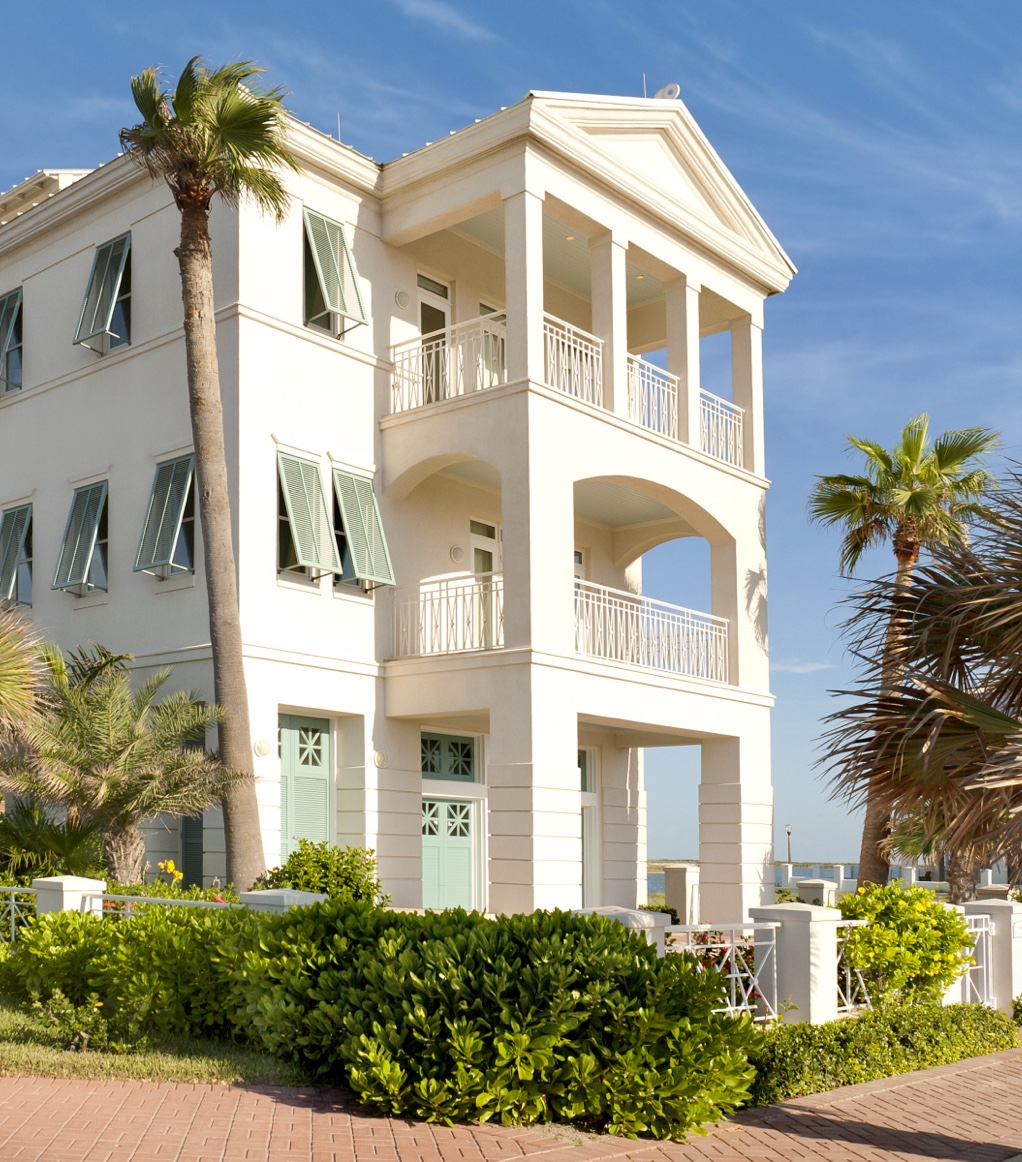
Vacation
Rentals
Whether you’re traveling to South Padre Island for a romantic getaway, family vacation or a trip with friends, you’ ll find the perfect vacation rental at The Shores.
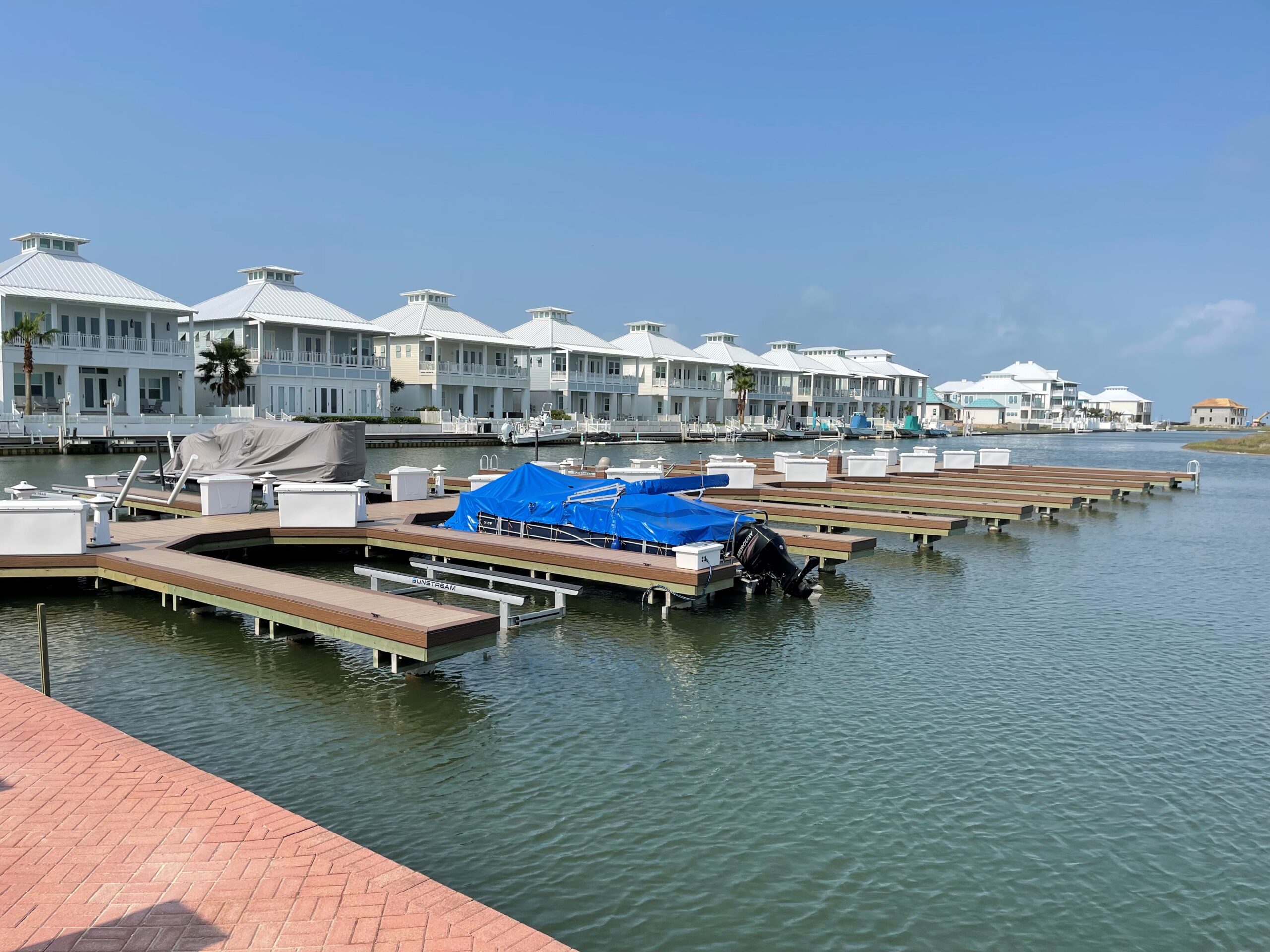
Marina
Boat Slips
Along the Marina Boardwalk are Boat slips available to Shores’ owners to purchase and provide convenient access to the beautiful Laguna Madre for boating, fishing and water sports.
About The Shores
A 240 Acre Premier Waterfront Residential Resort Development
This exclusive enclave will offer residents and guests alike an unhurried lifestyle of tranquility and privacy while providing ample opportunities for more active endeavors such as boating, horseback riding, swimming and bike riding to name just a few. The Traditional seaside homes, promenades, parks, shops, cafes, marina, equestrian center and other world class hotel and resort amenities have been designed around the natural beauty of white sand beaches, wild flowers, sea oats and rolling white sand dunes.
Reserve your own place in this uniquely upscale resort community. With a rich blend of real estate, waterfront access and dedicated amenities, The Shores is perfect for those seeking a gulf coast paradise.
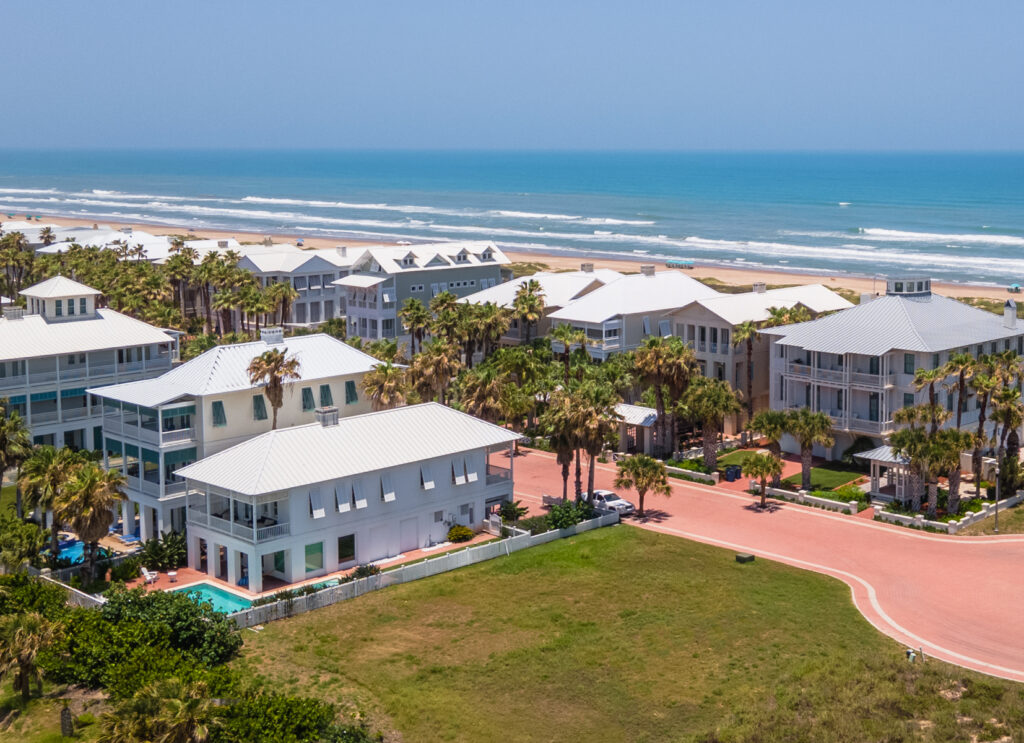
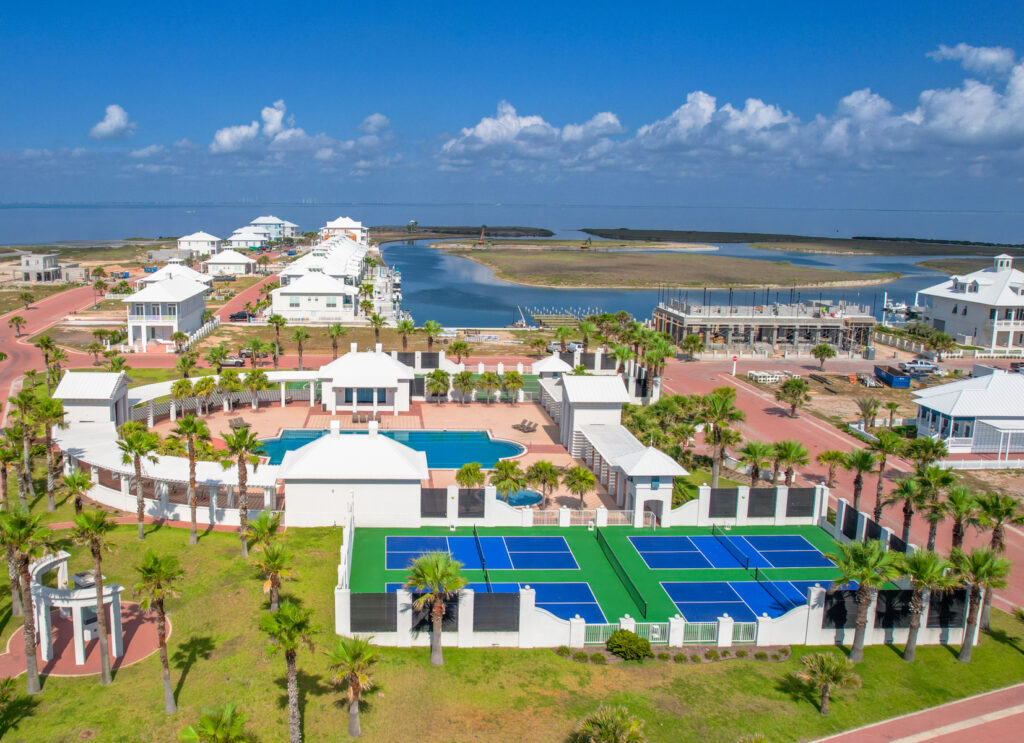
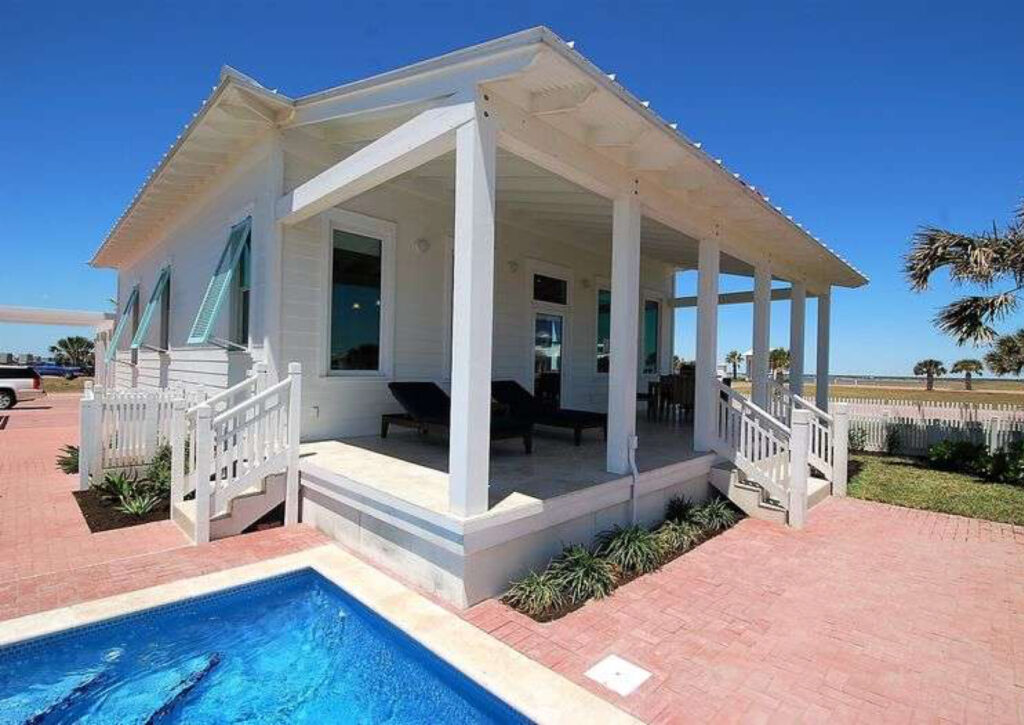
News & Announcements
-
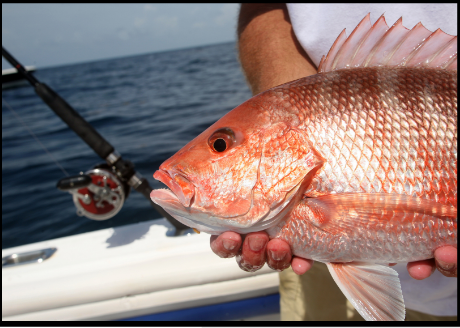
SPI Voted Best Winter Fishing Destination
South Padre Island was listed as the #1 place for winter fishing in 2024 by FishingBooker, the world’s largest online…
-
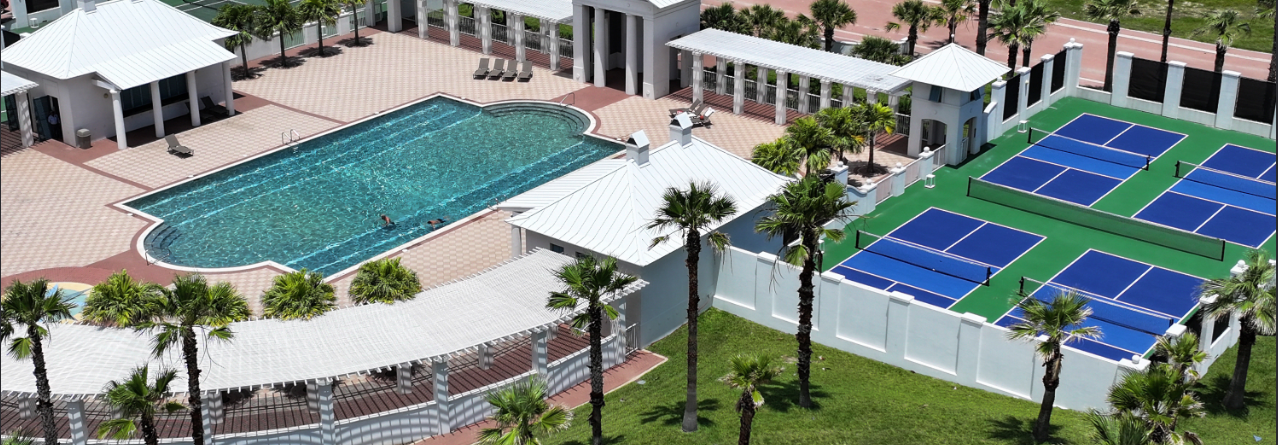
Things to Do In January 2024
Island Showcase Tuesday, Jan 16th5:30 – 7:00 PM SPI Convention Center / Free event Visit Island vendors, enjoy samples,raffels and…
-

Why is there a Blimp over South Padre Island?
The Blimp departs from the coast guard grounds and is helping law enforcement combat smuggling, immigration, drug trafficking, and illegal…
